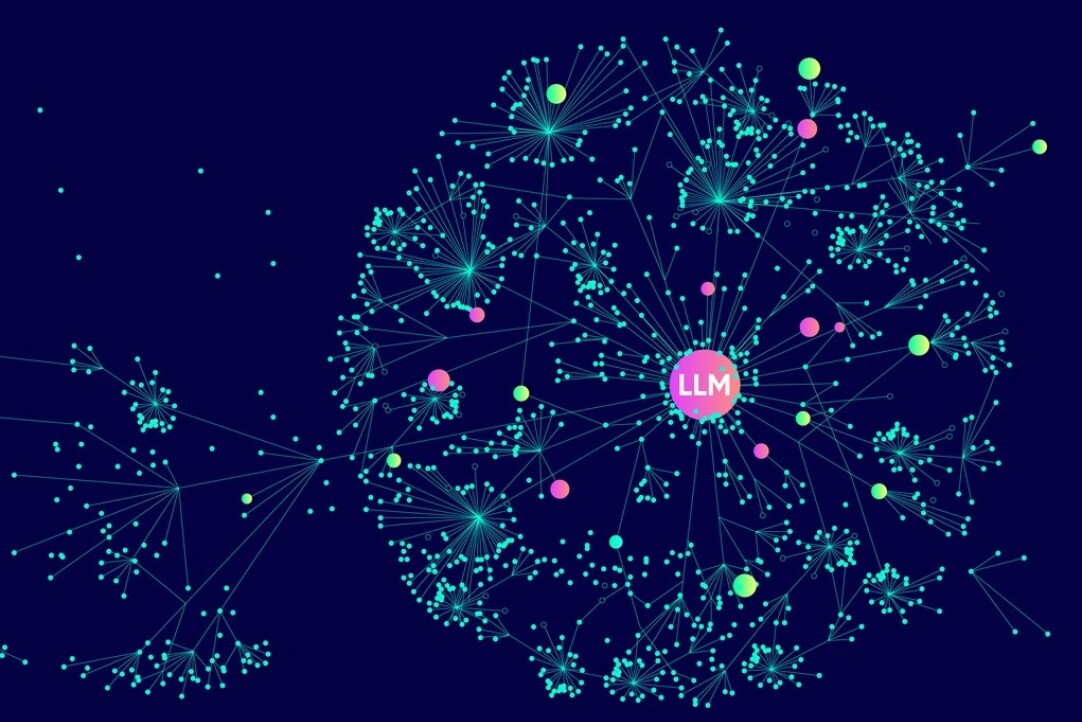
Scientists Reveal Cognitive Mechanisms Involved in Bipolar Disorder
An international team of researchers including scientists from HSE University has experimentally demonstrated that individuals with bipolar disorder tend to perceive the world as more volatile than it actually is, which often leads them to make irrational decisions. The scientists suggest that their findings could lead to the development of more accurate methods for diagnosing and treating bipolar disorder in the future. The article has been published in Translational Psychiatry.

HSE Linguists Study How Bilinguals Use Phrases with Numerals in Russian
Researchers at HSE University analysed over 4,000 examples of Russian spoken by bilinguals for whom Russian is a second language, collected from seven regions of Russia. They found that most non-standard numeral constructions are influenced not only by the speakers’ native languages but also by how frequently these expressions occur in everyday speech. For example, common phrases like 'two hours' or 'five kilometres’ almost always match the standard literary form, while less familiar expressions—especially those involving the numerals two to four or collective forms like dvoe and troe (used for referring to people)—often differ from the norm. The study has been published in Journal of Bilingualism.

Overcoming Baby Duck Syndrome: How Repeated Use Improves Acceptance of Interface Updates
Users often prefer older versions of interfaces due to a cognitive bias known as the baby duck syndrome, where their first experience with an interface becomes the benchmark against which all future updates are judged. However, an experiment conducted by researchers from HSE University produced an encouraging result: simply re-exposing users to the updated interface reduced the bias and improved their overall perception of the new version. The study has been published in Cognitive Processing.

Leap Second: How Chinese Dam Affects Planet Rotation Speed
Researchers predict that this summer, the planet may once again approach its maximum rotation speed. The causes of this acceleration are not fully understood, and there is still no definitive scientific explanation. Leonid Zotov, Professor at the School of Applied Mathematics, MIEM HSE, notes that if, in the past, the so-called ‘leap second’ was added on New Year’s Eve, then for the first time in history, the question has arisen about whether it is time to subtract one.

Mathematicians from HSE Campus in Nizhny Novgorod Prove Existence of Robust Chaos in Complex Systems
Researchers from the International Laboratory of Dynamical Systems and Applications at the HSE Campus in Nizhny Novgorod have developed a theory that enables a mathematical proof of robust chaotic dynamics in networks of interacting elements. This research opens up new possibilities for exploring complex dynamical processes in neuroscience, biology, medicine, chemistry, optics, and other fields. The study findings have been accepted for publication in Physical Review Letters, a leading international journal. The findings are available on arXiv.org.

‘We Managed to Outperform Teams of 15–20 IT Specialists’
On June 5, 2025, the top projects were presented as part of the Digital Solutions Marathon hackathon in a case study on forecasting and evaluating lost sales. First place went to a joint team of students from the HSE Faculty of Computer Science and the National University of Science and Technology MISIS, consisting of six students.

Mathematicians from HSE University–Nizhny Novgorod Solve 57-Year-Old Problem
In 1968, American mathematician Paul Chernoff proposed a theorem that allows for the approximate calculation of operator semigroups, complex but useful mathematical constructions that describe how the states of multiparticle systems change over time. The method is based on a sequence of approximations—steps which make the result increasingly accurate. But until now it was unclear how quickly these steps lead to the result and what exactly influences this speed. This problem has been fully solved for the first time by mathematicians Oleg Galkin and Ivan Remizov from the Nizhny Novgorod campus of HSE University. Their work paves the way for more reliable calculations in various fields of science. The results were published in the Israel Journal of Mathematics (Q1).

Large Language Models No Longer Require Powerful Servers
Scientists from Yandex, HSE University, MIT, KAUST, and ISTA have made a breakthrough in optimising LLMs. Yandex Research, in collaboration with leading science and technology universities, has developed a method for rapidly compressing large language models (LLMs) without compromising quality. Now, a smartphone or laptop is enough to work with LLMs—there's no need for expensive servers or high-powered GPUs.

AI to Enable Accurate Modelling of Data Storage System Performance
Researchers at the HSE Faculty of Computer Science have developed a new approach to modelling data storage systems based on generative machine learning models. This approach makes it possible to accurately predict the key performance characteristics of such systems under various conditions. Results have been published in the IEEE Access journal.

Researchers Present the Rating of Ideal Life Partner Traits
An international research team surveyed over 10,000 respondents across 43 countries to examine how closely the ideal image of a romantic partner aligns with the actual partners people choose, and how this alignment shapes their romantic satisfaction. Based on the survey, the researchers compiled two ratings—qualities of an ideal life partner and the most valued traits in actual partners. The results have been published in the Journal of Personality and Social Psychology.

